I've tried to create an alpha plot but I couldn't find right way to do it. I tried different combination to figure out and I've almost there but I need a little help.
My question is how can I get rid off blue color in the plot.
My script is `
p <- ggplot(df, aes(x=x, y=y))
p + geom_hex(aes(alpha=..count..),bins=20)+
scale_x_log10("ratio following/followers",
labels = trans_format("log10", math_format(10^.x))) +
scale_y_log10("ratio messages received/sent",
labels = trans_format("log10", math_format(10^.x))) +
theme_bw() +
theme(panel.background = element_blank(),
panel.grid.major = element_blank(), panel.grid.minor=element_blank(),
plot.background = element_blank())+
#guides(fill=FALSE)+
scale_alpha_continuous ("Counts",breaks=c(0,2000,4000,6000,8000,10000))+
geom_vline(xintercept =1, color="red", size=0.25, linetype=5)+
geom_hline(yintercept =1, color="red", size=0.25, linetype=5) +
annotate('text', x=500, y=0.01, size=3, label="4\ncommon\nusers") +
annotate('text', x=0.0001, y=0.01, size=3, label="3\nbroadcasters") +
annotate('text', x=0.0001, y=7000, size=3, label="1\ninfluentials") +
annotate('text', x=500, y=7000, size=3, label="2\nhidden\ninfluentials")
This script creates this plot
I can be able to get rid off blue legend with activating "guides(fill=FALSE)+" line in the script and it give this:
You can reach sample data from here
Thanks @Didzis Elferts for his answer. I couldn't be sure about the legend and plot breaks colors. As you can see these pictures 10K and 8K has the same color (Am I right!) so 10K should be darker, shouldn't be.




